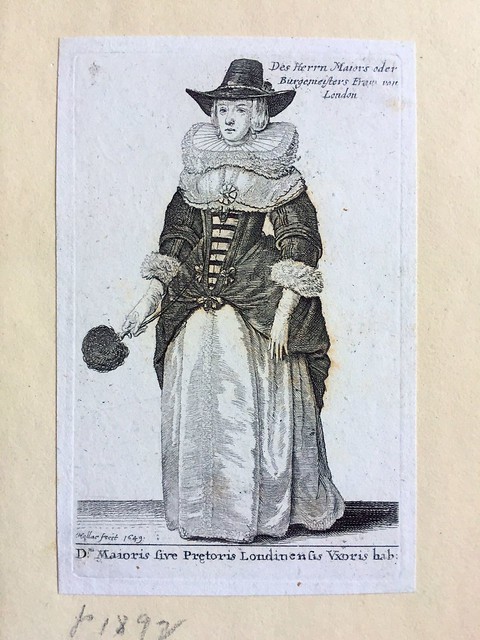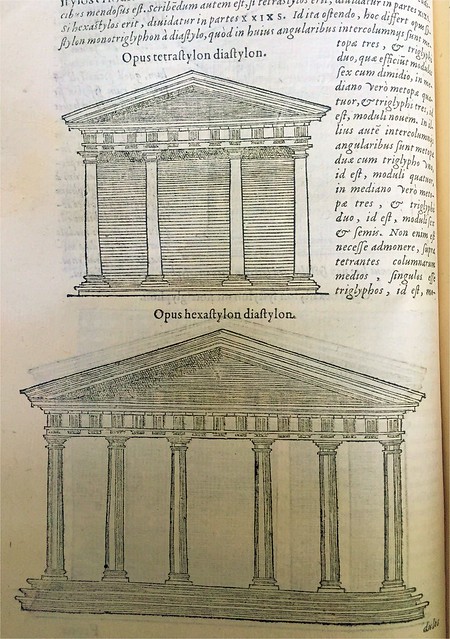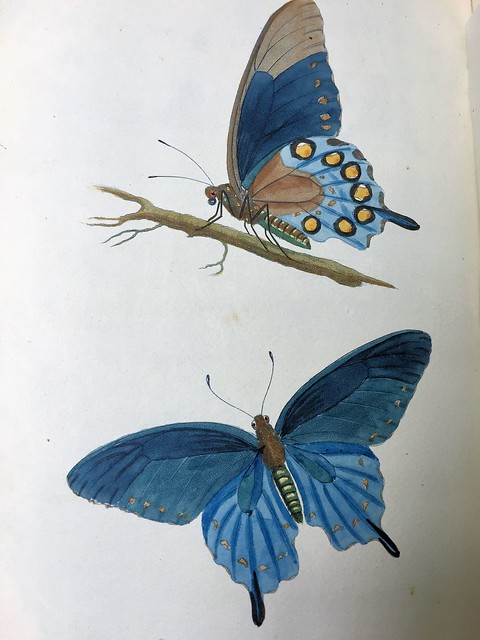This article is more than 5 years old.
I spent last week looking at pictures. Sounds relaxing, no? But since I was taking a class at the University of Virginia’s summer Rare Book School, it was enlightening but intense week, with a large amount of information absorbed in a very short time.

Rare Book School offers a variety of classes every year, on a wide array of special-collections-related topics. This year I was keen to take “History of Printed Book Illustration in the West,” taught by Erin Blake of the Folger Library.
ZSR’s special collections have a wealth of illustrated materials. And in recent years I’ve noticed a rapidly growing demand for our visual resources in teaching, research, social media, and other special projects.

I went into the class with a basic knowledge of the history of book illustration, but after a week under Erin’s tutelage, I now have a much enhanced understanding of illustration techniques, and I know more about the innovative and influential artists of the past 600 years. I can now with some confidence tell my etchings from my engravings and my collotypes from my photogravures.

I’m eager to deploy this new information in next year’s teaching. But I’ve also realized that I need to enhance the metadata for the visual aspects of our books. Academic library cataloging has traditionally viewed the text as primary, with illustrations, in most cases, of secondary importance. With better documentation, we’ll be able to make even more extensive use of special collections’ exciting visual resources.

7 Comments on ‘Words and Pictures: Megan at Rare Book School’
How cool! I look forward to learning more about our collections.
What beautiful examples of etchings and photogravures. Rare Book School sounds rare indeed!
Sounds fascinating! It makes sense that we need to treat the illustrations as equally important.
You are so right about enhancing the metadata on the visual aspects. I imagine that is a massive undertaking, but will really enhance our collection.
What a great class! Thanks for sharing your printing knowledge.
Yes, metadata! Thanks for sharing the beautiful butterflies. I loved this sentence: “I can now with some confidence tell my etchings from my engravings and my collotypes from my photogravures.”
What Lauren said! Most folks are quite taken by images so I’m glad you’ll be able to tell them what we’re looking at!